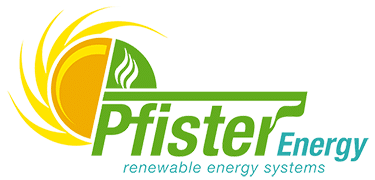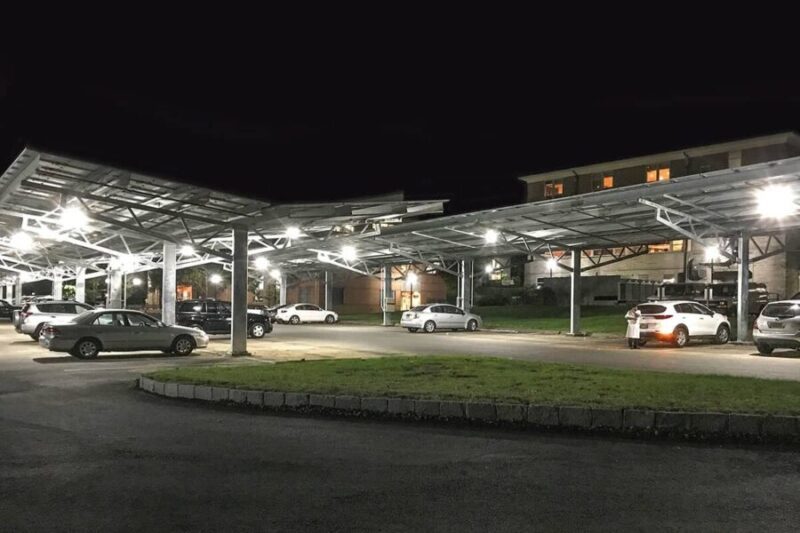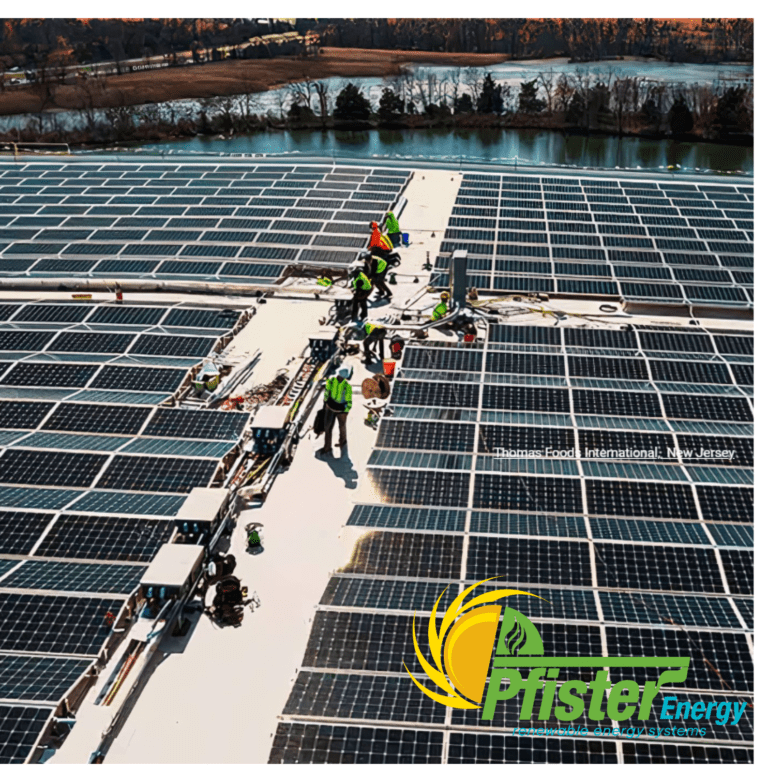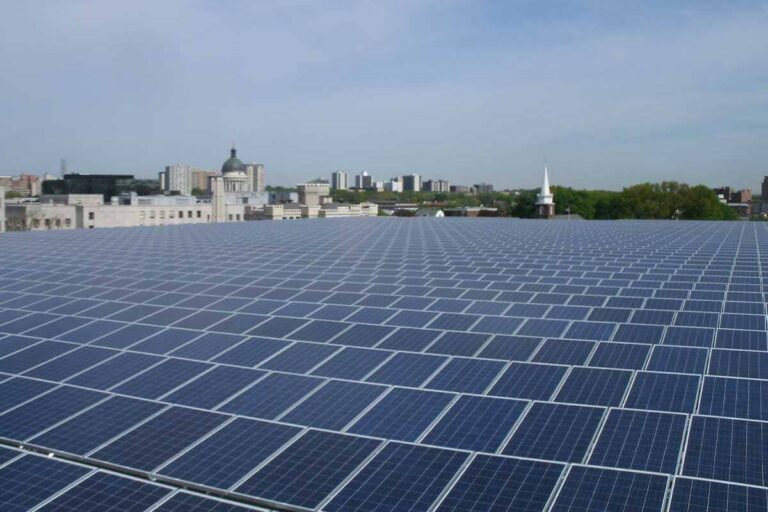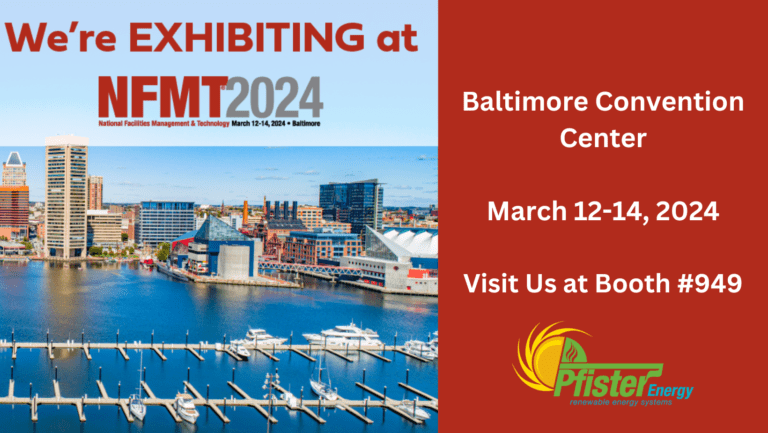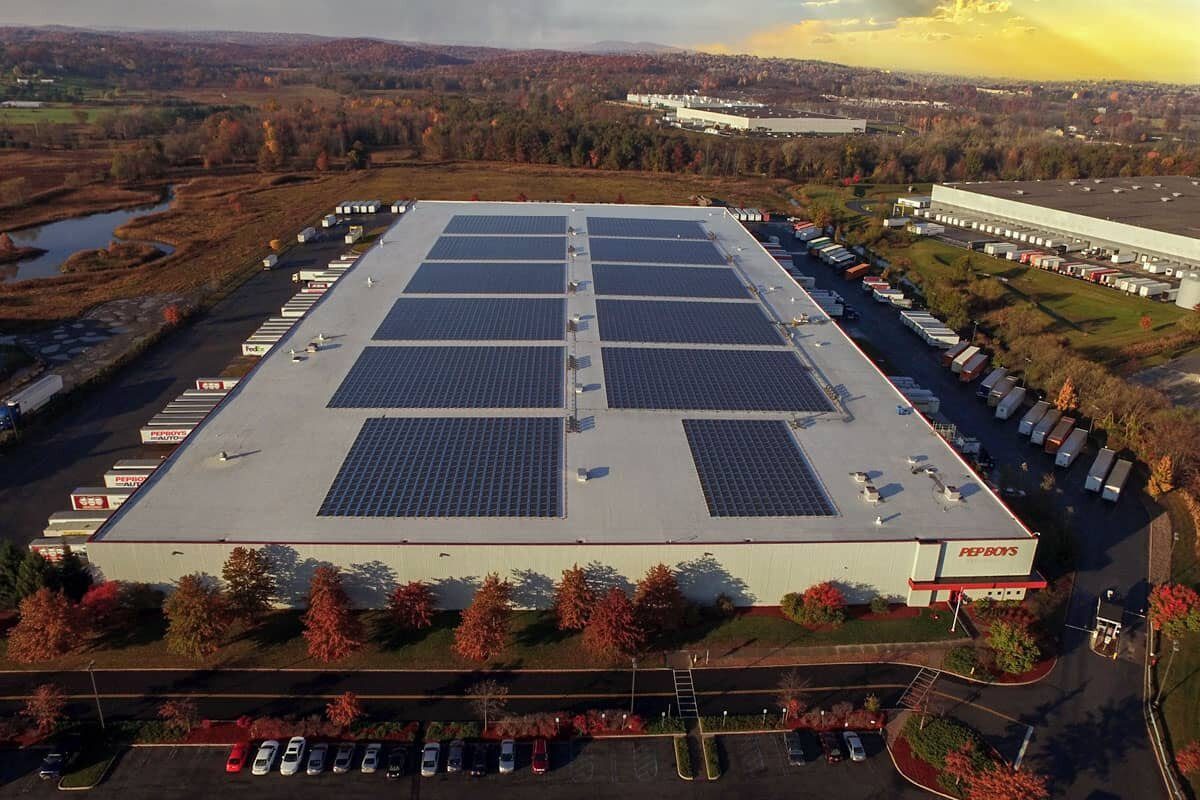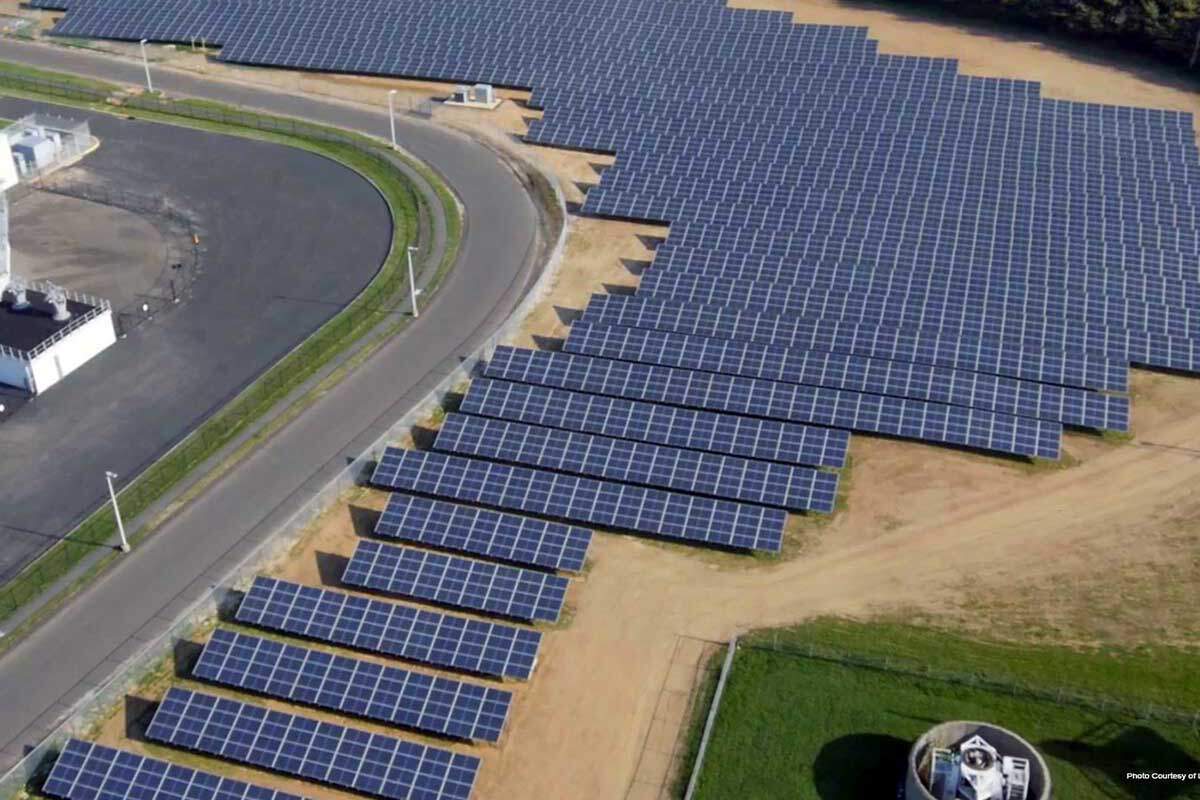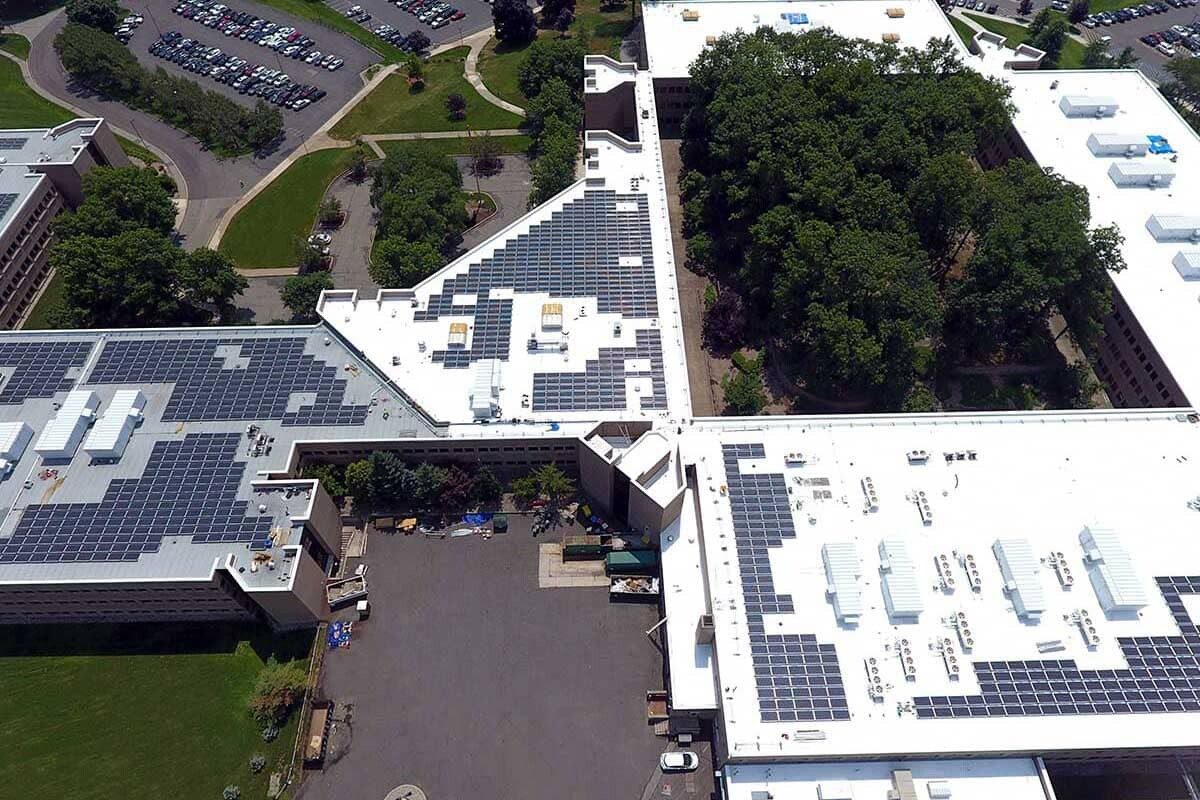The easiest way to quickly reduce your energy use and become more energy efficient is simply switching from Fluorescent, HID, and Incandescent to LED lighting. According to Goldman Sach’s, The Low Carbon Journal LEDs for general lighting will dominate sales by the end of this decade.
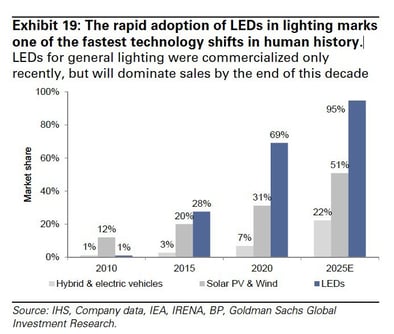
LED lighting, especially in commercial use has quickly transitioned into a practical reality due to innovations that can offer better light quality, hassle-free maintenance, and huge paybacks. The economics of LED lighting solutions has also reached the point where waiting for further advancements actually decreases the potential lifetime savings. Therefore, now is the time to upgrade to LED lighting.
Today, we thought we would bring you some luck and provide you with 13 benefits of LED lighting.
BENEFITS OF LED LIGHTING
- LIFETIME
Long lifetime stands out as the number one benefit of LED lights. LED bulbs and diodes have an outstanding operational lifetime expectation of up to 11 years of continuous operation or 22 years at less than 50% operational costs. Lighting diodes emit lower output levels over a very long period of time and become less bright, while LEDs maintain their original brightness throughout their lifespan. - EFFICIENCY
LEDs consume far less power than fluorescent tubes. Simply put, LEDs use less electricity, with an estimated energy efficiency of 80%-90% when compared to traditional lighting and conventional light bulbs. This means that about 80% of the electrical energy is converted to light, while 20% is lost and converted into heat. Because of the long lifespan of LED lights, the maintenance work is significantly less, meaning you’ll see big energy savings. - ECO-FRIENDLY
LED lights contain no toxic materials and are 100% recyclable; they’ll help you reduce your energy consumption and carbon footprint. - DURABILITY
Because LED lights are resistant to shock, vibrations, and external impacts, they make great outdoor lighting systems for exposure to weather, wind, rain, or even external vandalism, traffic-related public exposure, and construction or manufacturing sites. For freezer rooms and iceboxes, they are the perfect bulbs. - NO EMISSIONS
LED illumination produces little infrared light and close to no UV emissions. Because of this, LED lighting is highly suitable not only for goods and materials that are sensitive to heat but also for the illumination of UV-sensitive objects or materials from artwork in museums to plastics in a kitchen. - LIGHT DISBURSEMENT
LED is designed to focus its light and can be directed to a specific location without the use of an external reflector, achieving higher application efficiency than conventional lighting. Well-designed LED illumination systems are able to deliver light more efficiently to the desired location. LEDs can also be dimmed, as well as motion sensors resulting in dynamic control of light, color, flexibility, and distribution. - INSTANT LIGHTING
LEDs provide instant light and illumination; they brighten up when powered on, which also has great advantages for motion sensor adaptability. - FREQUENT SWITCHING
LED lights can switch off and on frequently and without affecting the LED’s lifetime or light emission, unlike traditional lighting that may take several seconds to reach full brightness. Also, frequent on/off switching of traditional bulbs drastically reduces operational life expectancy. - LONG-TERM COST
LEDs with attractive economics and over 10-year warranties are now very cost-effective and the long-term savings make it a very low ROI. They are virtually maintenance-free which can save facility managers another important resource, which is their time. - NOISE
Fluorescent tubes and HIDs are notorious for being noisy, especially if they have been used for an extended amount of time. They tend to give off clicking sounds intermittently, but most annoyingly, they can produce a low buzzing sound. Since fluorescent tubes are often used in offices and working environments, this can be distracting. LEDs do not have this problem and operate silently with no annoying flickering noises. - COLOR
Fluorescent lights and HIDs are famous for their color profile and color shift. While some fluorescent tubes now use a different type of phosphorous powder to produce a warmer color, most fluorescents produce only a cold blue/white light. It is stark and not very welcoming. LEDs on the other hand provide a range of different colors for different purposes and needs. This is what makes LEDs so adaptable. They can be used in almost any environment or lighting situation. - EXTREMELY COLD OR HOT TEMPERATURES
LEDs are ideal for operation under cold and low outdoor temperature settings. For fluorescent lamps, low temperatures may affect the operation and present a challenge, but LED illumination operates well also in cold settings, such as outdoor winter settings, freezer rooms, etc. - IMPROVEMENTS IN THE WORKPLACE
LEDs can greatly enhance safety in the work environment and are a great choice for emergency lighting. They can also contribute to a happier and healthier workplace reducing the risk of illnesses such as Sick Building Syndrome and their side effects, like depression, low energy, and irritability.
For more information or our other stackable technologies™, we offer, visit us at www.pfisterenergy.com.
Written by Wayne Pfisterer
